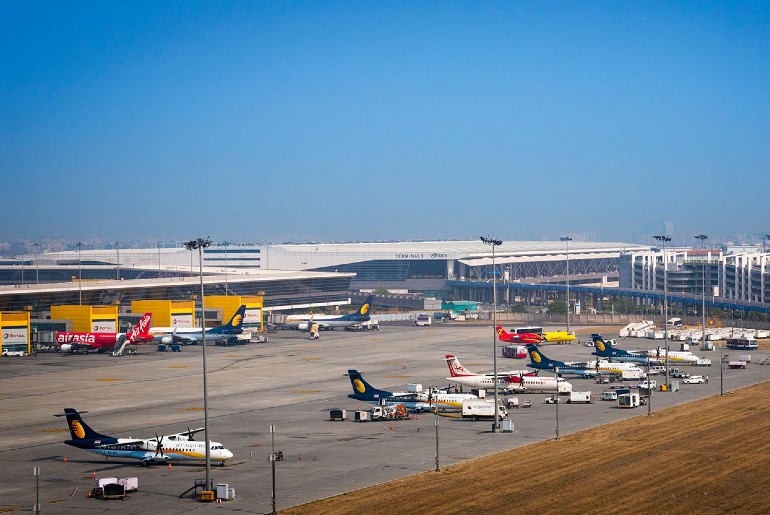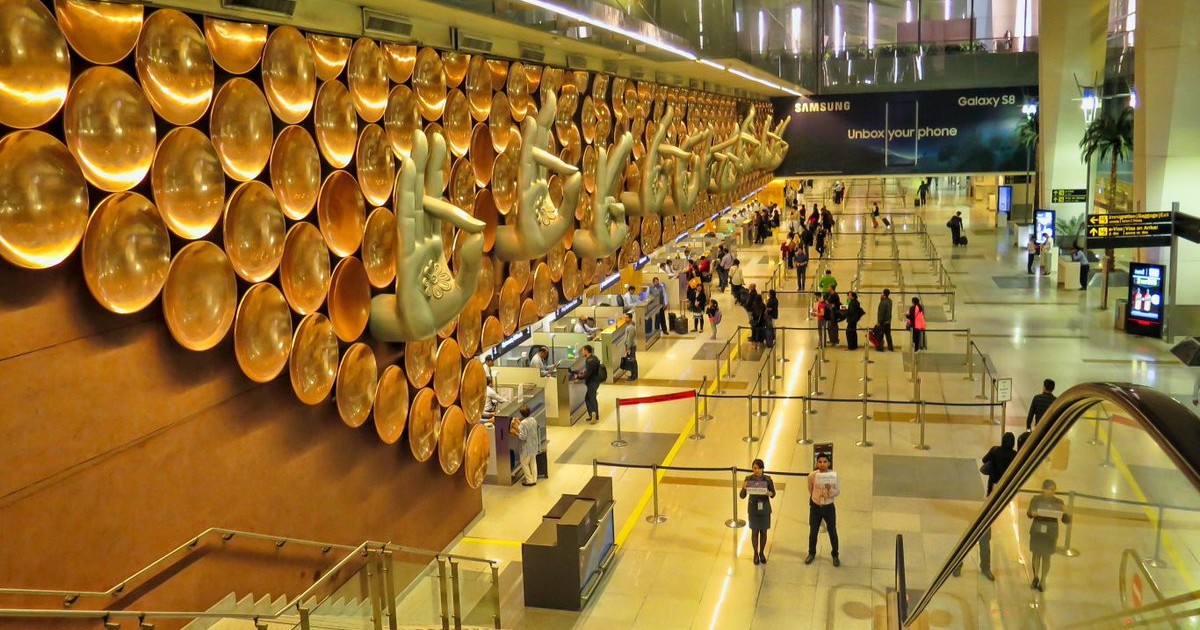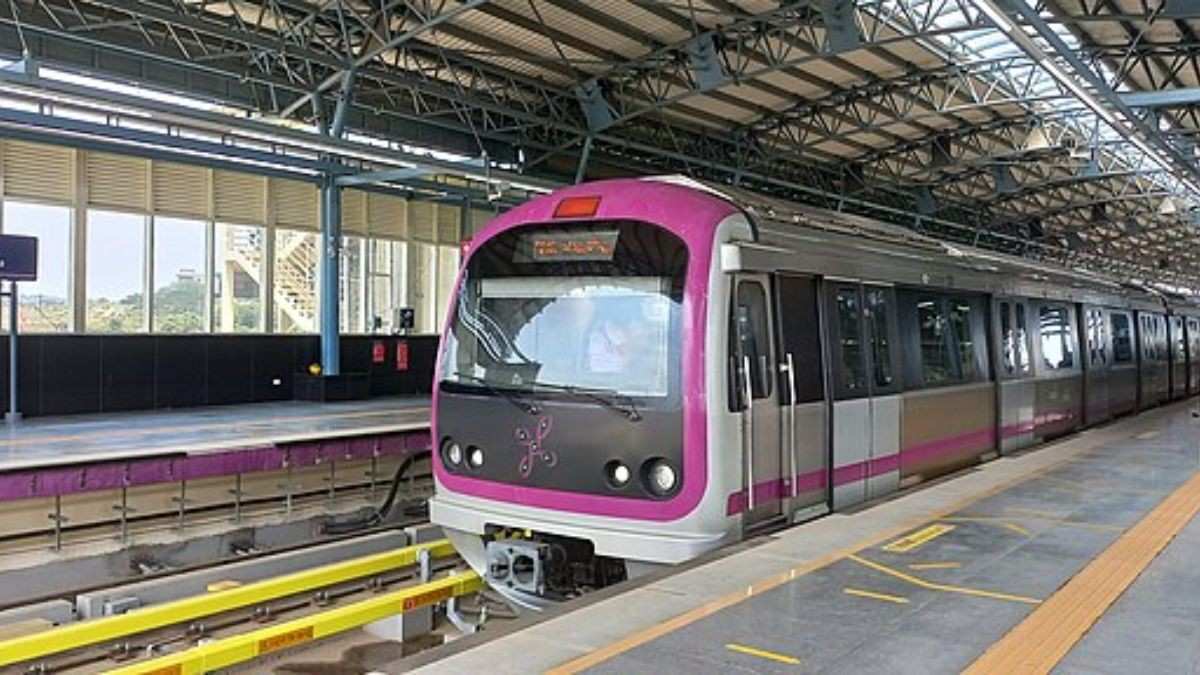Delhi could be infamous for its low air quality, but the capital is leaving no stone unturned to reverse the effects of air pollution. In one of the first, Delhi International Airport has become Asia Pacific’s first carbon accredited airport under ACI’s Airport Carbon Accreditation program. In the airport industry, Airport Carbon Accreditation is the global standard for carbon management. It’s aim is to encourage airports to implement best practices in Greenhouse Gas and reduce harmful emissions.
Also read: Delhi Airport Starts COVID Tests At ₹2400 For Both Domestic & International Passengers

Delhi Airport Maintained Less Carbon Emissions Since 2016
The Airport Carbon Accreditation programme was launched in 2009 and initially had four levels. Level 1 was Mapping, Level 2 was Reduction, Level 3 was Optimisation, and Level 4 was Neutrality. While Delhi Airport reached Level 3+, in 2016, it has now been declared as the first Carbon Neutral Airport in Asia Pacific region. Delhi Airport has kept up with Level 3+, Neutrality since 2016.

DIAL To Use Sustainable Technologies In Future
In 2020, ACI introduced Level 4 Transformation and Level 4+ Transition. to bring the programme objectives in line with the Paris Agreement. This is also in line with the Aviation Climate Change mitigation objectives. Level 4+ encourages airports to reduce emissions as per the latest scientific development. Delhi Airport hopes to develop the best in class infrastructure and use sustainable technologies in the future. These Lady Taxi Drivers Are Offering 24×7 Services For Women From Delhi Airport.

The Airport Is Focusing On Renewable Energy & Energy Conservation
In the past, Delhi Airport undertook several initiatives such as renewable energy use, energy conservation and development of green airport infrastructure. In addition to this, DIAL is also adopting electric vehicles and taxibots. Taxibot is a semi-robotic vehicle, used as a means of taxiing the plane to the runway. The taxibot reduced a significant amount of aviation turbine fuel consumption during ground movement. Delhi’s IGI Airport Emerges As World’s Second Safest Airport Amid COVID-19 Pandemic.

Delhi Airport hopes to achieve “net-zero carbon emission” airport title by 2030. This will set up a new benchmark in the aviation industry.
First Published: November 24, 2020 11:49 AM




